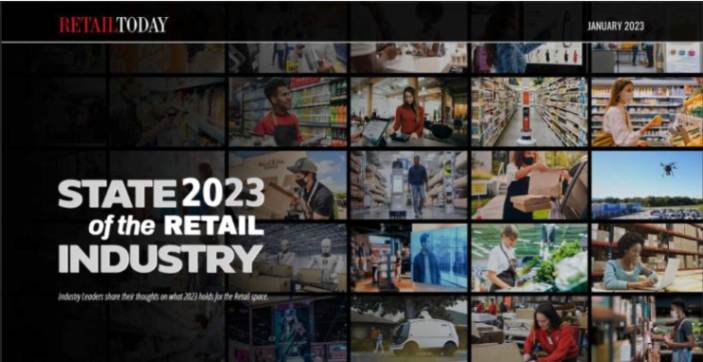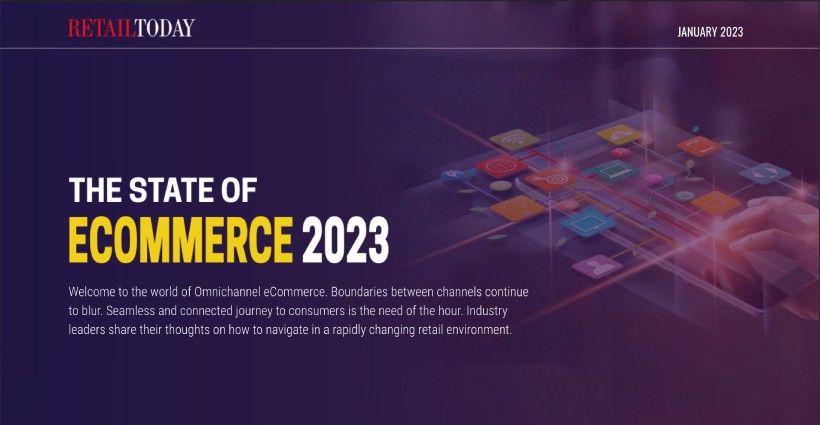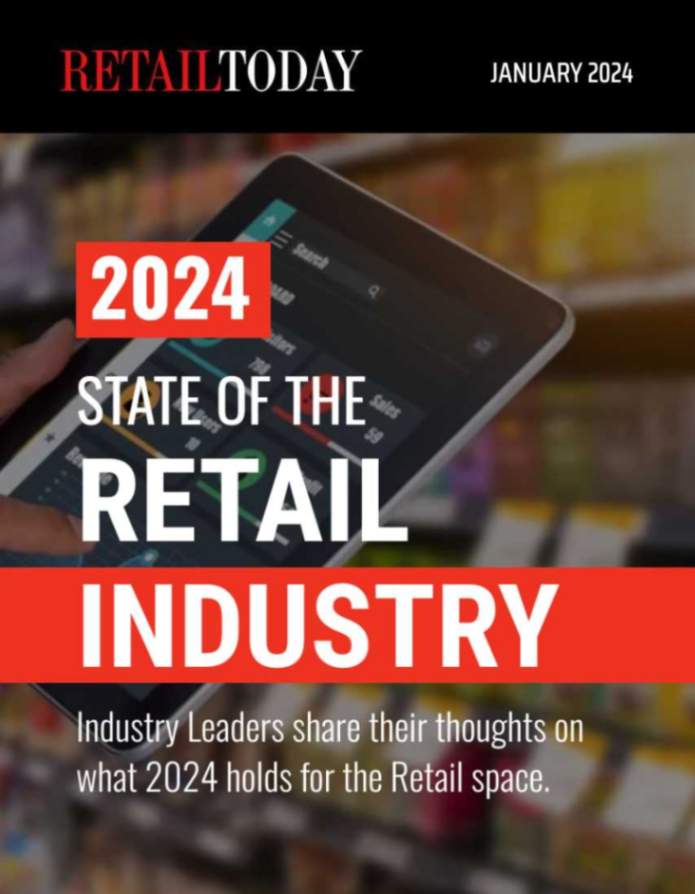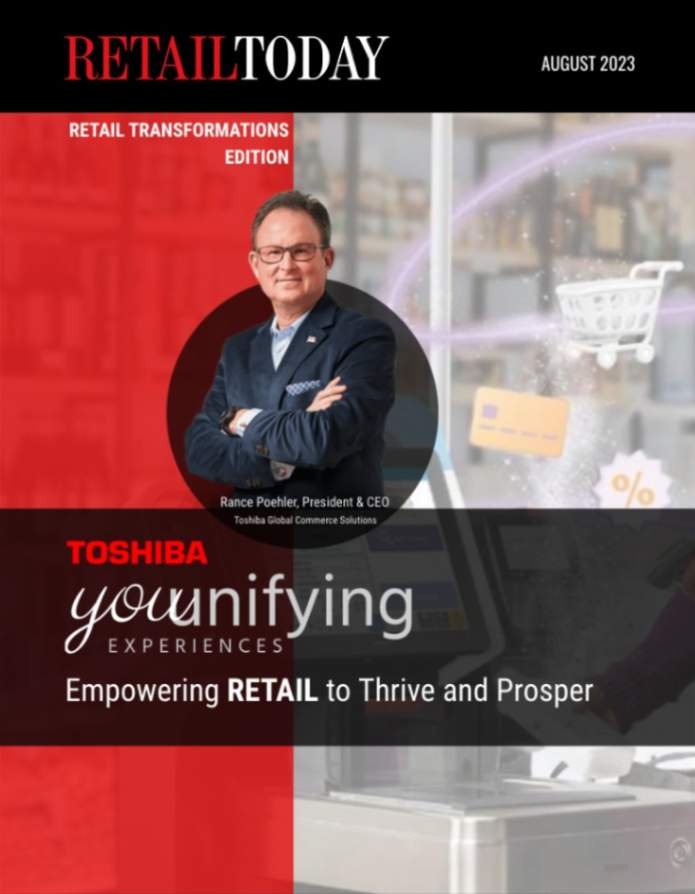
Nearly all businesses rely on systems integration (SI) business models to bundle sub-component systems together and build a singular system that facilitates the ecommerce operations of the business. However, these systems often use outdated technology, requiring lots of personnel to manage disjointed systems. As a result, retailers are paying more for hefty personnel costs to fund inefficient technology.
In 2003, McDonald’s awarded Omnicon their advertising contract to implement a performance-first model and move away from paying for people and an abundance of billable hours. Performance-first models hire great people, drive sales, and take a portion of new sales – this was the new paradigm that required “skin in the game.” And this is the direction modern-day SIs are moving towards with Commerce-as-a-Service (CaaS).
The Great Unbundling of Technology
Similar to how Software-as-a-Service (SaaS) disrupted the way software was licensed and deployed, CaaS is revolutionizing the systems integration (SI) business model.
While traditional SI models focus on dedicating talent to a singular technological behemoth of both best of breed or best of suite systems, CaaS offers diverse and flexible service offerings to enhance various elements of a business, enabling organizations to deliver the exact solutions needed.
Nowadays, the SI industry is shifting towards systems like CaaS that consist of application programming interfaces (API) and microservices to unbundle monolithic technology and offer periodic payment plans to get faster time to market with less risk, digitally transforming businesses.
How CaaS is Shifting the Paradigm
When established organizations look to break open large monolithic systems, usually worth tens of billions of dollars, they face the risk of business interruption. When organizations with no previous digital presence look to move from traditional selling methods to digital commerce, the cost of delivering commerce technology also requires people and a lot of financial investment.
The CaaS approach brings forth an agile approach to digital transformation, isolating one component of the monolith (for example, cart, search, ratings, data ingestion, etc.), improving it, deploying it, and testing it. If the innovation works, it is then integrated with larger systems to drive eCommerce performance. As new revenue streams emerge, revenue can be moved between disciplines to reduce the cost of delivering value. Companies that have yet to have eCommerce presence can also leverage this approach with self-serve models that provide value at a low cost of onboarding and acquisition. This approach eventually increases the value to the business and profits in cash, bringing down the cost of acquiring new customers.
Without piling on capital expenditure, the CaaS model enables companies to embrace operational spending for innovation, product development, risk analysis, and omnichannel customer experience competencies. It empowers them to drive commerce with composable solutions to make commerce truly frictionless.






